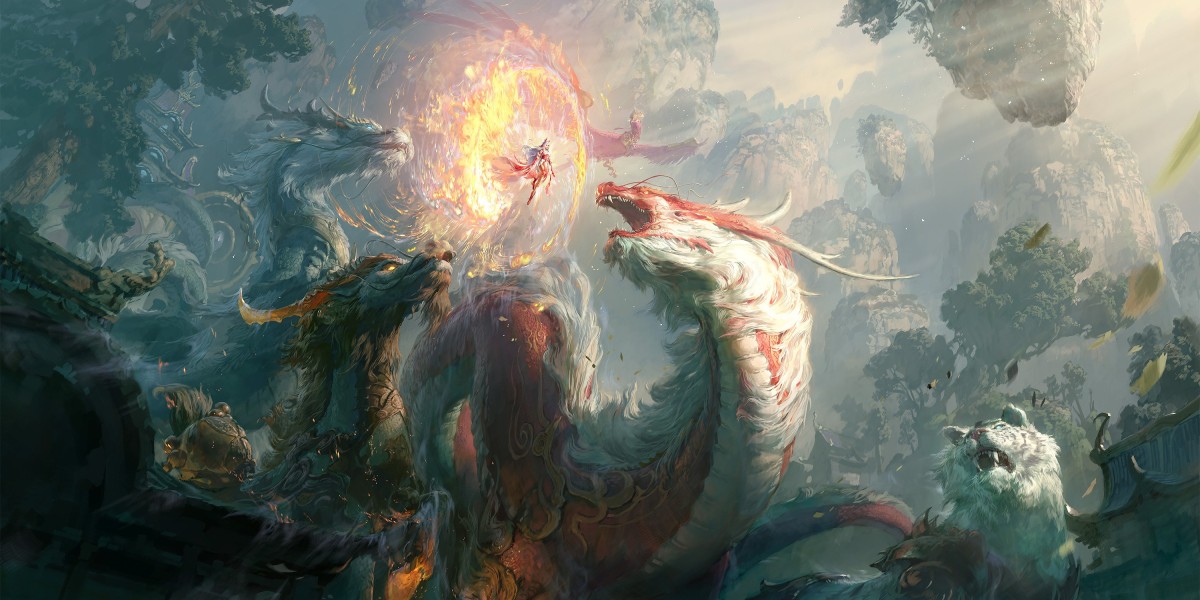Unlocking the Mystique: Discover the Hidden Stories Behind Viking Necklaces!
Viking necklaces have captivated the imagination of many, drawing attention not only for their intricate designs but also for their rich historical background. These necklaces, often adorned with symbols, crafted from various materials, and imbued with meanings, serve as more than mere accessories. They are artifacts of a culture that valued craftsmanship, storytelling, and social status. In this article, we will delve into the significance, history, and cultural relevance of Viking necklaces, exploring how they played a pivotal role in the lives of the Vikings and how they continue to resonate in contemporary society.

The Historical Significance of Viking Necklaces
The origins of Viking necklaces can be traced back to the Viking Age, roughly from the late 8th to the early 11th century. These necklaces were meticulously crafted using materials such as silver, gold, and bronze, often incorporating glass beads, animal teeth, and even precious stones. The craftsmanship involved in creating these pieces was remarkable; skilled artisans would use techniques such as casting, engraving, and weaving to produce stunning designs that reflected the wearer’s status and identity.
In Viking society, jewelry was not merely decorative; it served as a powerful symbol of one's social standing. Necklaces were often worn by both men and women, and the materials and craftsmanship indicated wealth and prestige. For instance, a well-crafted necklace could signify a chieftain or a warrior's rank, while simpler designs were associated with common folk. The act of gifting or wearing these necklaces also played a crucial role in establishing alliances and relationships, further embedding them in the social fabric of Viking life. Thus, Viking necklaces were both personal and communal artifacts, carrying stories of individuals and their connections to the wider world.
Cultural Relevance and Symbolism
These necklaces also reflected personal beliefs and social status. In some cases, Vikings would wear necklaces that commemorated significant life events or achievements. A necklace adorned with specific symbols could mark one’s transition into adulthood, a successful raid, or even a marriage. These personal stories were often passed down through generations, with necklaces serving as cherished heirlooms that connected individuals to their ancestors. As such, Viking necklaces were not just ornaments; they were powerful storytellers, encapsulating the essence of the wearer’s identity and beliefs.
Viking Necklaces in Modern Context
Today, the ancient Viking culture has been embraced by contemporary society, with jewelry makers drawing inspiration from its rich history. The resurgence of interest in Viking mythology has fueled a renewed popularity for these necklaces across various media, including films, literature, and television. Many modern pieces echo the designs of originals, highlighting the symbolism and craftsmanship of the past.
Moreover, the rise of the Viking aesthetic in fashion has led to a broader acceptance of these pieces as not only historical artifacts but also as stylish accessories. Many people today wear Viking-inspired necklaces as a way to express their individuality, connection to history, or admiration for Norse mythology. The intricate designs and deep meanings resonate with those who seek to connect with a past that is often romanticized yet profoundly influential.
Contemporary Interpretations
Contemporary artisans continue to thrive by incorporating elements of traditional Viking jewelry into modern designs. This fusion ensures that the essence of the old is preserved while making it accessible to today's audience. Many makers are reinterpreting old motifs, taking techniques that have stood the test of time and creating new pieces that reflect the ongoing significance of Viking heritage.
Embracing the Legacy of Viking Necklaces
In conclusion, Viking necklaces are much more than decorative jewelry; they are rich in history, culture, and symbolism. From their origins in the Viking Age, where they signified status and identity, to their modern interpretations that celebrate Norse mythology, these pieces continue to resonate with people around the world. They serve as reminders of a vibrant culture and its values, and as timeless artifacts that connect us to our shared human experience. Embracing Viking necklaces allows us to honor the artistry of the past while appreciating their ongoing relevance in contemporary society.








